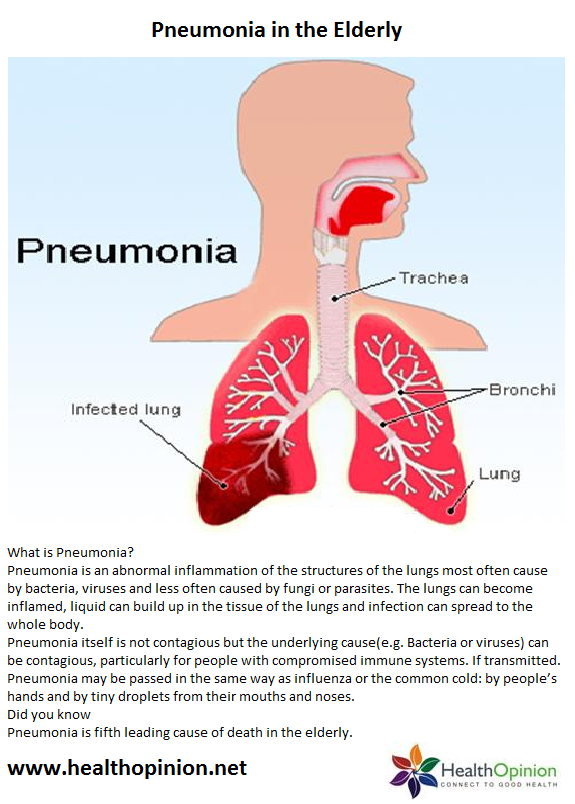What pneumonia is contagious. Pneumonia Transmission: Understanding Contagious Types and Prevention Strategies
Is pneumonia always contagious. How does pneumonia spread from person to person. What are the most effective ways to prevent pneumonia transmission. Can vaccines protect against pneumonia-causing infections. What are the key symptoms of pneumonia to watch out for.
Types of Contagious Pneumonia: Bacterial and Viral Culprits
Pneumonia is a respiratory infection that can be caused by various microorganisms, including bacteria, viruses, and fungi. While not all types of pneumonia are contagious, many forms can indeed spread from person to person. Understanding which types are transmissible is crucial for preventing outbreaks and protecting vulnerable populations.
Bacterial Pneumonia: A Common Contagious Form
Bacterial pneumonia is one of the most prevalent types of contagious pneumonia. Several bacterial strains can cause this form of the disease, including:
- Streptococcus pneumoniae (pneumococcus)
- Mycoplasma pneumoniae (responsible for “walking pneumonia”)
- Chlamydophila pneumoniae
- Methicillin-resistant Staphylococcus aureus (MRSA)
These bacteria can spread through respiratory droplets when an infected person coughs, sneezes, or talks. Close contact with contaminated surfaces or objects can also lead to transmission.

Viral Pneumonia: Highly Transmissible Respiratory Infections
Viral pneumonia is another contagious form of the disease. Many of the same viruses that cause common colds and influenza can also lead to pneumonia. These include:
- Influenza viruses
- Respiratory syncytial virus (RSV)
- Coronaviruses (including SARS-CoV-2)
- Parainfluenza viruses
Viral pneumonia is often highly contagious, as viruses can survive on surfaces for extended periods and spread easily through respiratory droplets and close contact.
Non-Contagious Pneumonia: When Infection Doesn’t Spread
Not all types of pneumonia are transmissible from person to person. Two notable examples of non-contagious pneumonia are:
Fungal Pneumonia: Environmental Exposure
Fungal pneumonia results from inhaling fungal spores present in the environment, typically found in soil or bird droppings. Common fungi that cause pneumonia include Pneumocystis jirovecii, Cryptococcus, and Histoplasma. Since these infections occur due to environmental exposure rather than person-to-person transmission, they are not considered contagious.

Aspiration Pneumonia: A Non-Infectious Form
Aspiration pneumonia occurs when food, liquid, or other substances are inhaled into the lungs, causing inflammation and infection. This type of pneumonia is not contagious as it doesn’t involve pathogenic microorganisms that can spread between individuals. People with neurological disorders, difficulty swallowing, or those who experience frequent vomiting are at higher risk for aspiration pneumonia.
Transmission Routes: How Contagious Pneumonia Spreads
Understanding the ways in which contagious pneumonia spreads is essential for implementing effective prevention strategies. The primary modes of transmission include:
- Respiratory droplets: Coughing, sneezing, or talking can release infected droplets into the air.
- Direct contact: Touching an infected person or contaminated surfaces can lead to transmission.
- Fomites: Objects or materials that can carry infection, such as shared utensils or tissues.
- Airborne transmission: Some pneumonia-causing pathogens can remain suspended in the air for extended periods.
To minimize the risk of transmission, it’s crucial to practice good hygiene and follow recommended preventive measures.
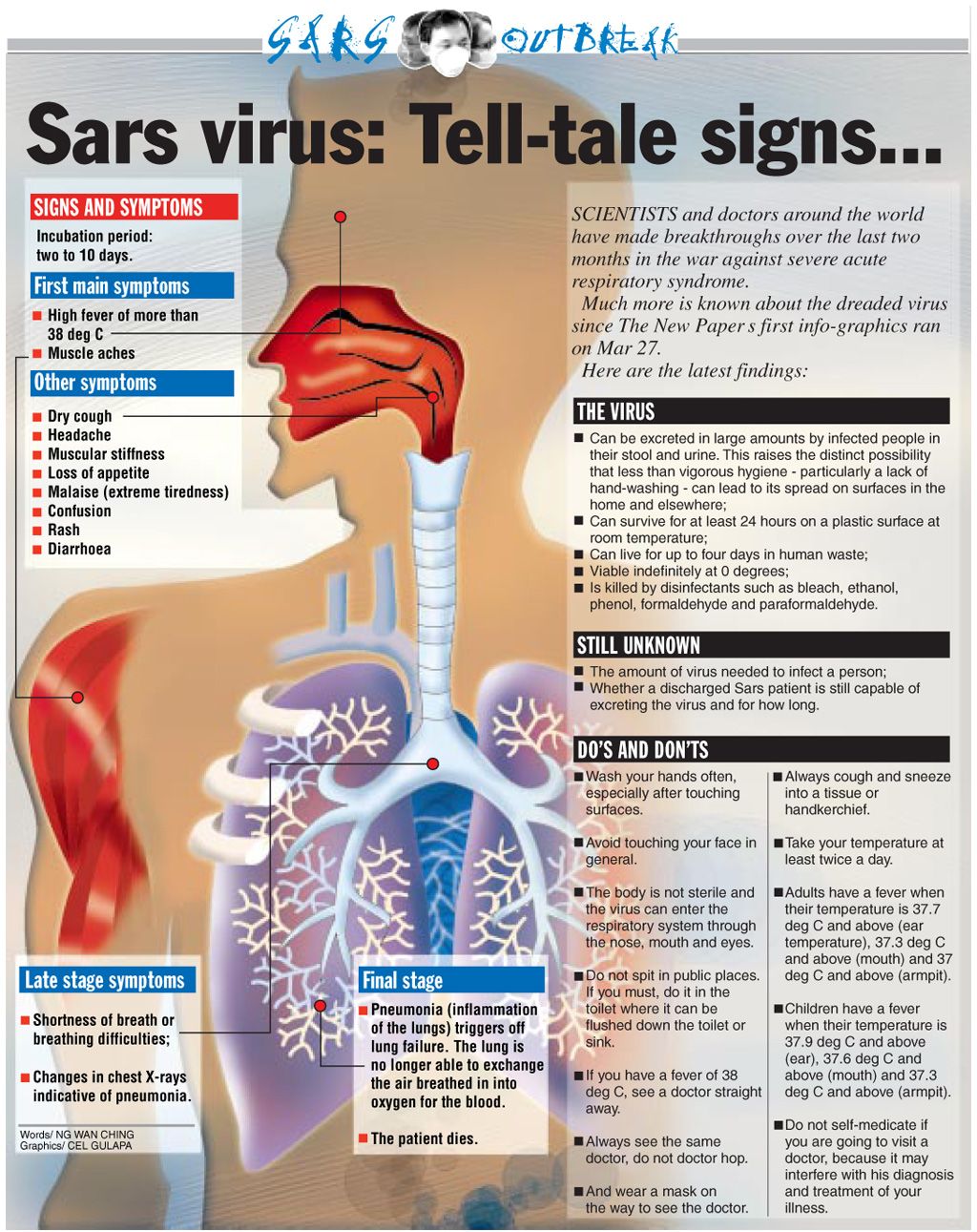
Prevention Strategies: Reducing the Risk of Pneumonia Transmission
Preventing the spread of contagious pneumonia involves a combination of personal hygiene practices, vaccination, and lifestyle choices. Here are some effective strategies to reduce the risk of transmission:
Hand Hygiene: A Simple Yet Powerful Tool
Proper hand hygiene is one of the most effective ways to prevent the spread of infectious diseases, including pneumonia. Wash your hands frequently with soap and water for at least 20 seconds, especially:
- Before and after preparing food
- After using the bathroom
- After blowing your nose, coughing, or sneezing
- Before and after caring for someone who is sick
When soap and water are not available, use an alcohol-based hand sanitizer containing at least 60% alcohol.
Respiratory Etiquette: Containing Infectious Droplets
Practicing good respiratory etiquette can significantly reduce the spread of contagious pneumonia. This includes:
- Covering your mouth and nose with a tissue when coughing or sneezing
- Disposing of used tissues immediately
- Coughing or sneezing into your elbow if a tissue is not available
- Wearing a face mask when you have respiratory symptoms or are caring for someone with pneumonia
Vaccination: A Crucial Preventive Measure
Vaccines play a vital role in preventing pneumonia and its complications. Several vaccines are recommended for both children and adults to protect against pneumonia-causing pathogens:
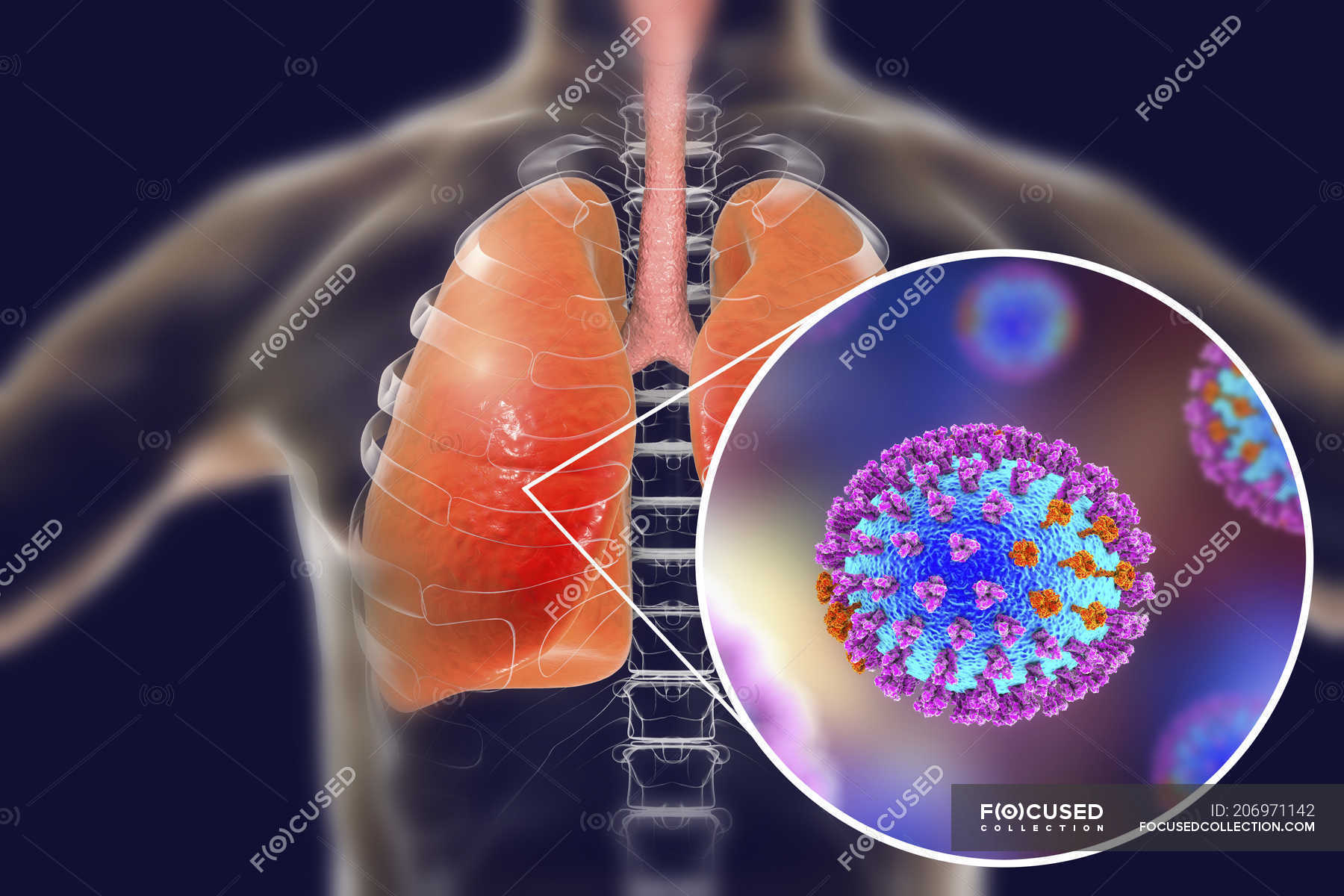
- Pneumococcal vaccines: Protect against Streptococcus pneumoniae
- Influenza vaccine: Reduces the risk of flu-related pneumonia
- Hib vaccine: Prevents Haemophilus influenzae type b infections
- Pertussis vaccine: Protects against whooping cough, which can lead to pneumonia
- Measles vaccine: Prevents measles-related pneumonia
Consult with your healthcare provider to determine which vaccines are appropriate for you based on your age, health status, and risk factors.
Recognizing Pneumonia Symptoms: When to Seek Medical Attention
Early recognition of pneumonia symptoms is crucial for prompt treatment and preventing complications. Common signs and symptoms of pneumonia include:
- Fever and chills
- Cough with phlegm (which may be green, yellow, or bloody)
- Shortness of breath or difficulty breathing
- Chest pain that worsens when breathing or coughing
- Fatigue and weakness
- Loss of appetite
- Nausea, vomiting, or diarrhea (more common in children)
If you experience these symptoms, especially if they persist or worsen, it’s important to seek medical attention promptly. Individuals at higher risk for complications, such as older adults, young children, and those with weakened immune systems, should be particularly vigilant.

Pneumonia in High-Risk Populations: Special Considerations
Certain groups of people are more susceptible to developing pneumonia and experiencing severe complications. These high-risk populations include:
- Older adults (65 years and older)
- Young children (especially those under 2 years old)
- People with chronic medical conditions (e.g., heart disease, diabetes, lung disease)
- Individuals with weakened immune systems
- Smokers
- Pregnant women
For these groups, additional preventive measures and prompt medical attention are crucial. Healthcare providers may recommend more frequent vaccinations or prophylactic treatments to reduce the risk of pneumonia.
Treatment Approaches: Managing Contagious Pneumonia
The treatment of contagious pneumonia depends on the causative agent and the severity of the infection. Common approaches include:
Antibiotics: Fighting Bacterial Pneumonia
Bacterial pneumonia is typically treated with antibiotics. The choice of antibiotic depends on the specific bacteria causing the infection and local antibiotic resistance patterns. It’s crucial to complete the full course of antibiotics as prescribed, even if symptoms improve, to prevent the development of antibiotic-resistant bacteria.

Antiviral Medications: Targeting Viral Pneumonia
For viral pneumonia, antiviral medications may be prescribed in some cases, particularly for influenza-related pneumonia. However, many viral pneumonia cases are managed with supportive care to relieve symptoms and allow the body’s immune system to fight the infection.
Supportive Care: Alleviating Symptoms
Regardless of the cause, supportive care is essential for managing pneumonia symptoms and promoting recovery. This may include:
- Rest and adequate sleep
- Proper hydration
- Over-the-counter pain relievers and fever reducers
- Cough suppressants or expectorants (as recommended by a healthcare provider)
- Oxygen therapy for severe cases
In some cases, hospitalization may be necessary, particularly for severe pneumonia or in high-risk individuals.
Long-Term Impacts: Life After Pneumonia
While many people recover fully from pneumonia, some may experience long-term effects or complications. These can include:
- Persistent fatigue and weakness
- Reduced lung function
- Increased susceptibility to future respiratory infections
- Cardiovascular complications
- Cognitive impairment (particularly in older adults)
Regular follow-up with healthcare providers and adherence to post-pneumonia care instructions are essential for minimizing these long-term impacts and ensuring a full recovery.
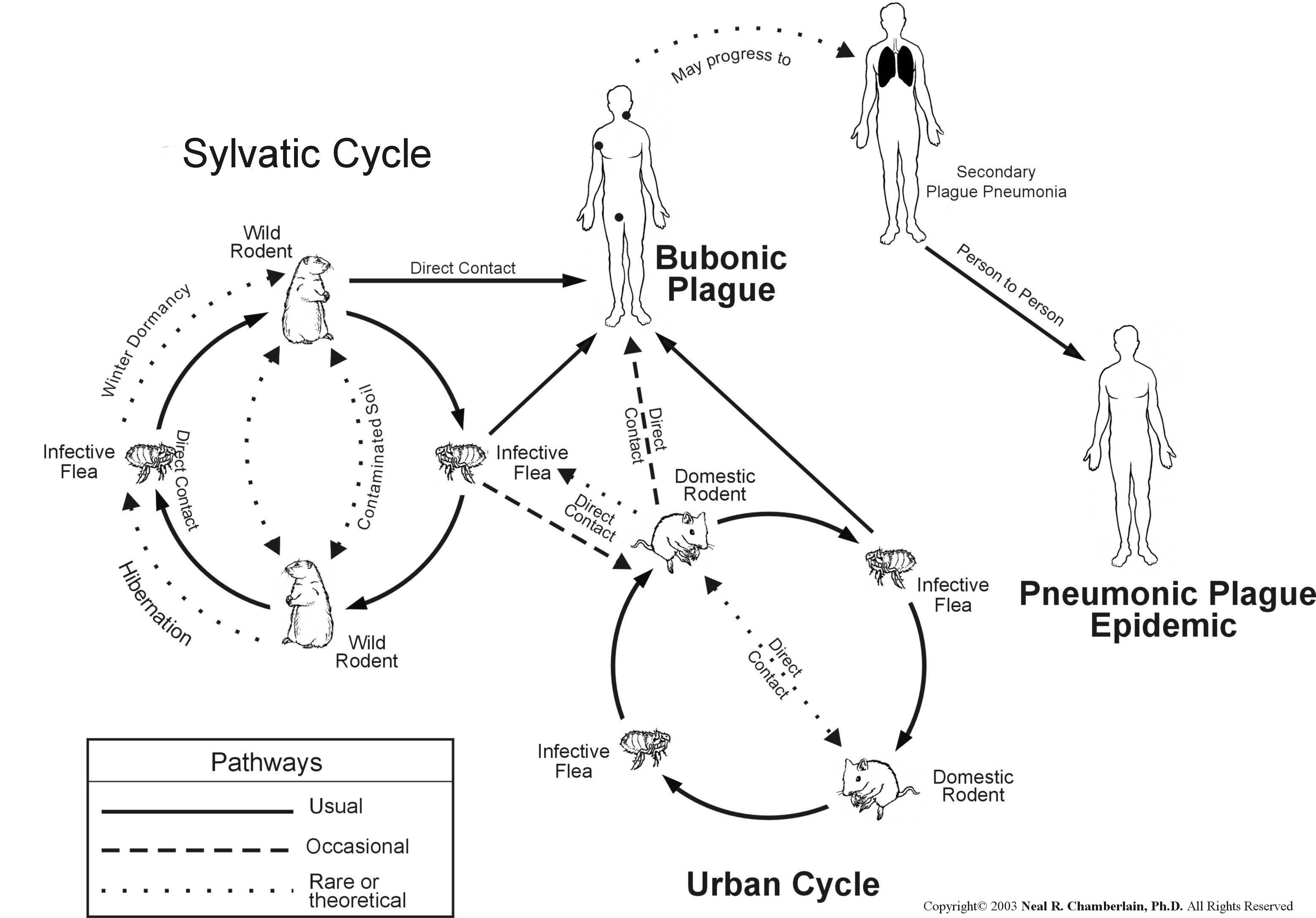
Understanding the contagious nature of certain types of pneumonia, implementing effective prevention strategies, and recognizing the signs and symptoms of the disease are crucial steps in managing this potentially serious respiratory infection. By staying informed and taking proactive measures, we can reduce the spread of contagious pneumonia and protect ourselves and our communities from its impacts.
Is Pneumonia Contagious? Transmission, Prevention, and More
Is Pneumonia Contagious? Transmission, Prevention, and More
- Health Conditions
- Featured
- Breast Cancer
- IBD
- Migraine
- Multiple Sclerosis (MS)
- Rheumatoid Arthritis
- Type 2 Diabetes
- Articles
- Acid Reflux
- ADHD
- Allergies
- Alzheimer’s & Dementia
- Bipolar Disorder
- Cancer
- Crohn’s Disease
- Chronic Pain
- Cold & Flu
- COPD
- Depression
- Fibromyalgia
- Heart Disease
- High Cholesterol
- HIV
- Hypertension
- IPF
- Osteoarthritis
- Psoriasis
- Skin Disorders and Care
- STDs
- Featured
- Discover
- Wellness Topics
- Nutrition
- Fitness
- Skin Care
- Sexual Health
- Women’s Health
- Mental Well-Being
- Sleep
- Product Reviews
- Vitamins & Supplements
- Sleep
- Mental Health
- Nutrition
- At-Home Testing
- CBD
- Men’s Health
- Original Series
- Fresh Food Fast
- Diagnosis Diaries
- You’re Not Alone
- Present Tense
- Video Series
- Youth in Focus
- Healthy Harvest
- No More Silence
- Future of Health
- Wellness Topics
- Plan
- Health Challenges
- Mindful Eating
- Sugar Savvy
- Move Your Body
- Gut Health
- Mood Foods
- Align Your Spine
- Find Care
- Primary Care
- Mental Health
- OB-GYN
- Dermatologists
- Neurologists
- Cardiologists
- Orthopedists
- Lifestyle Quizzes
- Weight Management
- Am I Depressed? A Quiz for Teens
- Are You a Workaholic?
- How Well Do You Sleep?
- Tools & Resources
- Health News
- Find a Diet
- Find Healthy Snacks
- Drugs A-Z
- Health A-Z
- Health Challenges
- Connect
- Breast Cancer
- Inflammatory Bowel Disease
- Psoriatic Arthritis
- Migraine
- Multiple Sclerosis
- Psoriasis
Medically reviewed by Chris Young, DNP, RN, NE-BC, NPD — By Diana Wells — Updated on November 29, 2021
Pneumonia caused by viruses or bacterial infections can be contagious. People with weakened immune systems may be at a greater risk of getting sick.
People with weakened immune systems may be at a greater risk of getting sick.
Yes, certain types of pneumonia are contagious.
Pneumonia is caused by bacteria, viruses, or fungi. Some of these germs are transmitted from person to person. However, not everyone will develop pneumonia when exposed to the same germs.
It’s also possible to have pneumonia that can’t be transmitted to other people.
What types of pneumonia are contagious?
Bacterial pneumonia can be transmitted from person to person. Forms of bacterial pneumonia include:
- walking pneumonia
- Streptococcal pneumonia
- pneumonia caused by Chlamydia pneumoniae
- pneumonia caused by methicillin-resistant Staphylococcus aureus (MRSA)
There are many viruses that can cause pneumonia, including the same viruses that cause the cold and flu. Viruses can pass from person to person easily. For example, the influenza virus can survive on surfaces, making it even more contagious.
Other viruses that attack the respiratory system can be contagious as well.
Noncontagious pneumonia
Fungal pneumonia and aspiration pneumonia are examples of pneumonias that aren’t usually contagious.
Fungal pneumonia is caused by inhaled fungi from your environment. It’s not spread from person to person. The fungi that cause this type of pneumonia are usually found in soil.
Aspiration pneumonia isn’t contagious because it’s caused by inhaling food or liquid into your lungs. This can happen in people who’ve had a stroke or have other neurologic conditions.
Was this helpful?
Most cases of pneumonia are caused by either bacterial or viral organisms. These can spread in a number of ways, including:
- coughs or sneezes that aren’t covered
- sharing cups or eating utensils
- touching a tissue or other item after someone with bacterial or viral pneumonia has used it
- not washing your hands regularly, especially after blowing your nose, coughing, or sneezing
Here are some steps that can help reduce your exposure to the bacteria or viruses that can cause pneumonia.
Tips for preventing pneumonia
- Wash your hands regularly, especially if you’re caring for someone who has pneumonia.
- Get vaccinated.
- Avoid smoking, or get help to quit.
- Keep your body in good health with exercise and a nutritious, balanced diet.
- If you have any ongoing health conditions, take all medications as prescribed.
- When possible, try to limit contact with people who are sick.
Was this helpful?
If you have pneumonia yourself, stay home until you’re well and a doctor says your pneumonia is no longer contagious.
Symptoms of pneumonia include:
- fever
- sweating
- chills
- a wet cough that produces colored or clear phlegm
- loss of appetite
- fatigue
- nausea and vomiting
Call a doctor if you think an illness may be pneumonia and you’re in a high-risk category.
Also contact a medical professional if you have:
- chest pain
- an ongoing cough lasting more than 1 week
- difficulty breathing or shortness of breath
- a fever over 100.
 4˚F (38˚C) for more than 3 days, since most fevers go away in this time
4˚F (38˚C) for more than 3 days, since most fevers go away in this time - worsening symptoms
Vaccines are an important and effective way to prevent both bacterial and viral infections in children and adults. Pneumonia is a common complication of many of these infections.
Helpful vaccines for children include:
- DTaP and Tdap, which both protect against diphtheria, tetanus, and pertussis (whooping cough)
- flu
- Haemophilus influenzae type b (Hib)
- measles, mumps, and rubella (MMR)
- meningitis
- pneumococcal conjugate vaccine for Streptococcal pneumonia
Helpful vaccines for adults include:
- flu
- meningitis
- pneumococcal conjugate vaccine or pneumococcal polysaccharide vaccine for Streptococcal pneumonia
- shingles
- Tdap
- varicella (chickenpox)
Speak with your doctor about which vaccines are right for you and your family.
Not everyone who’s exposed to these bacteria or viruses will develop pneumonia. People who are at high risk of developing pneumonia include:
People who are at high risk of developing pneumonia include:
- children under 2 years old
- adults over 65 years old
- pregnant people
- anyone with a weakened immune system, such as people who have HIV or AIDS or an autoimmune disease, or who are undergoing chemotherapy
- people with a chronic condition, such as diabetes or heart disease
- people with lung disease, such as chronic obstructive pulmonary disease (COPD) or asthma
- people who smoke
- people who’ve been hospitalized
Q:
Can my baby catch our relative’s pneumonia?
Anonymous reader
A:
Pneumonia can be transmitted from an adult with pneumonia to a baby by coughing, sneezing, and close contact. Babies are not immunized against pneumonia until age 2. Therefore, they are at greater risk. A few things adults can do to reduce this risk include:
- covering mouth and nose when coughing and sneezing
- washing hands frequently with soap and water
- limiting close contact
- not kissing baby’s bare skin
Chris Young, DNP, RN, NE-BC, NPDAnswers represent the opinions of our medical experts.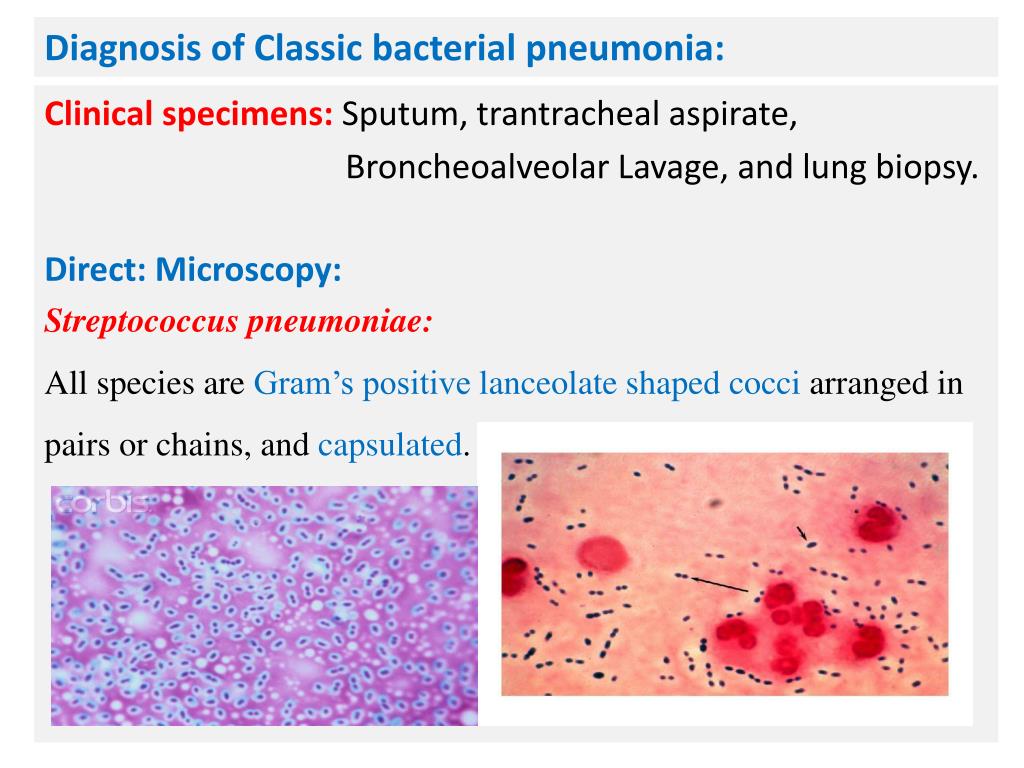 All content is strictly informational and should not be considered medical advice.
All content is strictly informational and should not be considered medical advice.
Was this helpful?
Bacterial and viral pneumonia are the most common types of pneumonia. They’re both contagious.
However, you can reduce your risk of developing these pneumonias by getting vaccinated and practicing proper hand hygiene, among other steps.
If you do develop pneumonia, effective treatments are available.
A doctor will prescribe antibiotics to treat bacterial pneumonia. Your pneumonia should no longer be contagious 24 hours after starting antibiotics and once your fever resolves, if you had one.
Viral pneumonia is contagious until you’re feeling better and have been free of fever for several days. Although antiviral medications are available, viral pneumonia may get better on its own or after a few weeks of at-home care.
Last medically reviewed on November 29, 2021
How we reviewed this article:
Healthline has strict sourcing guidelines and relies on peer-reviewed studies, academic research institutions, and medical associations. We avoid using tertiary references. You can learn more about how we ensure our content is accurate and current by reading our editorial policy.
We avoid using tertiary references. You can learn more about how we ensure our content is accurate and current by reading our editorial policy.
- Chlamydia pneumoniae infection. (2021).
cdc.gov/pneumonia/atypical/cpneumoniae/index.html - Fever. (2014).
betterhealth.vic.gov.au/health/conditionsandtreatments/fever - How long will I be infectious after starting antibiotics? (2020).
nhs.uk/common-health-questions/infections/how-long-will-i-be-infectious-after-starting-antibiotics - Pneumococcal disease: Risk factors and transmission. (2020).
cdc.gov/pneumococcal/about/risk-transmission.html - Pneumonia. (n.d.).
lung.org/lung-health-diseases/lung-disease-lookup/pneumonia - Pneumonia. (n.d.).
nhlbi.nih.gov/health/pneumonia - Pneumonia. (2020).
kidshealth.org/en/parents/pneumonia.html
Our experts continually monitor the health and wellness space, and we update our articles when new information becomes available.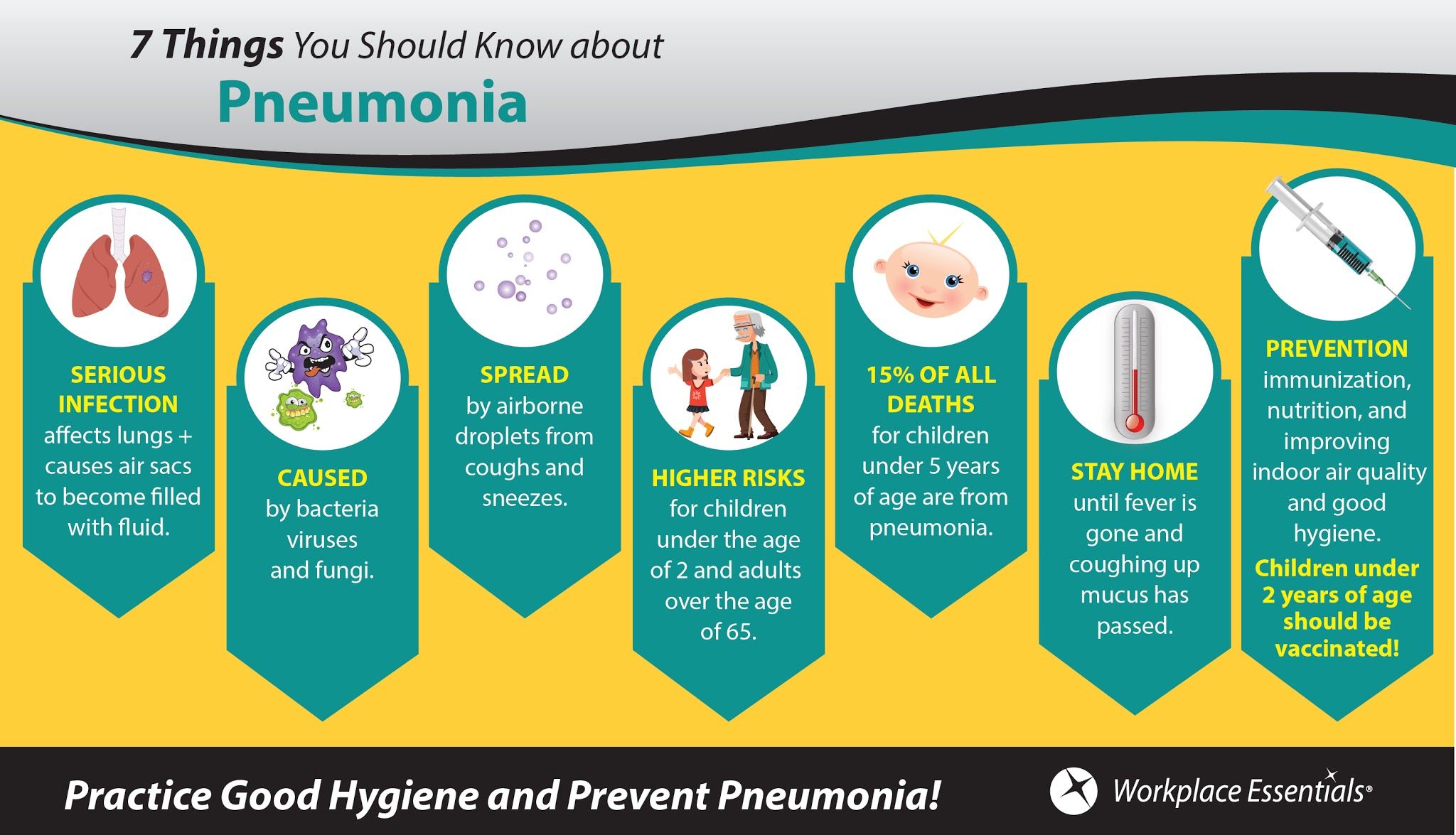
Current Version
Nov 29, 2021
Written By
Diana Wells
Edited By
Ashley Williams
Medically Reviewed By
Chris Young, DNP, RN, NE-BC, NPD
Copy Edited By
Sara Giusti
Apr 26, 2017
Written By
Diana Wells
VIEW ALL HISTORY
Share this article
Medically reviewed by Chris Young, DNP, RN, NE-BC, NPD — By Diana Wells — Updated on November 29, 2021
Read this next
- Can You Have Pneumonia Without a Fever?
Medically reviewed by Alana Biggers, M.D., MPH
Wondering if you can you have pneumonia without having a fever? Yes, under rare circumstances you can. Here’s what you need to know about pneumonia…
READ MORE
- Viral Pneumonia: Symptoms, Risk Factors, and More
Medically reviewed by Stacy Sampson, D.O.
Do you have viral or bacterial pneumonia? Learn about the symptoms of viral pneumonia and how to treat this contagious condition.
READ MORE
- What’s the Difference Between Pneumonia and Walking Pneumonia?
Medically reviewed by Elaine K.
 Luo, M.D.
Luo, M.D.What’s the difference between walking pneumonia and pneumonia? Although these two conditions are very similar, there are some key ways that they…
READ MORE
- Bronchitis: Is it Contagious?
Medically reviewed by Angela M. Bell, MD, FACP
Bronchitis can be contagious — but it depends on a few factors. Learn about the types of bronchitis that are contagious and how to treat them.
READ MORE
- Mycoplasma Pneumonia Infection
Medically reviewed by Adithya Cattamanchi, M.D.
Mycoplasma pneumonia is a contagious respiratory infection. The disease spreads easily through contact with respiratory fluids, and it causes regular…
READ MORE
- Your Guide to Pneumocystis Pneumonia and Its Treatment
This fungus-derived type of pneumonia can be dangerous for those with weaker immune systems, but we now have several ways to treat and detect it.
READ MORE
- Strep Throat Type A Cases are on the Rise This Year
Infections caused by group A Streptococcus bacteria — commonly called strep throat or strep A — surged this past winter, a new report from the Centers…
READ MORE
- How Often Do You Need to Get a Pneumonia Shot?
For most people, a pneumonia shot will last for life, and you’ll only need one shot.
 However, there are two different vaccines your doctor may…
However, there are two different vaccines your doctor may…READ MORE
- Streptococcus pneumoniae (Pneumococcus): What You Need to Know
Medically reviewed by Avi Varma, MD, MPH, AAHIVS, FAAFP
Learn all about the bacteria Streptococcus pneumonia: how it can affect you and how you can protect yourself.
READ MORE
- Coldplay’s Chris Martin Diagnosed With Serious Lung Infection: What to Know
The band Coldplay said on Oct. 4 that it had to postpone upcoming shows in Brazil because its lead singer, Chris Martin, has a “serious lung…
READ MORE
Pneumonia Basics: Causes, Symptoms and When to Seek Treatment | Methodist Health System
The simple definition of pneumonia is an infection of the lungs, but there’s much more to know.
Causes and symptoms
Pneumonia can be caused by bacteria, viruses or fungus. It can be a complication of a viral infection such as the flu, respiratory syncytial virus or rhinoviruses. Young children and adults over 65 also are more susceptible to streptococcus pneumoniae, which can cause a serious form of bacterial pneumonia. Your body’s extreme efforts to fight that infection can lead to sepsis, a life-threatening condition than can damage your organs.
Your body’s extreme efforts to fight that infection can lead to sepsis, a life-threatening condition than can damage your organs.
In addition to that lousy overall feeling, common symptoms of pneumonia include:
- Fever
- Chest pain
- Productive cough with green, yellow, gray or rusty-colored sputum
- Rapid breathing or difficulty breathing
- Confusion among elderly people
- Lethargy
- Low oxygen levels, often resulting in blue lips and fingers
What is walking pneumonia?
You may have heard the term walking pneumonia. It really just refers to a more mild case of pneumonia because you still feel able to perform your usual tasks. You should still take it seriously and get evaluated.
Is pneumonia contagious?
Bacterial pneumonia and viral pneumonia are contagious. When an infected person coughs or sneezes, droplets in the air can pass it on to others. The flu is highly contagious and can be a precursor to pneumonia.
Other forms of pneumonia are less contagious to healthy individuals or not contagious at all.
Who is at risk?
Anyone can get pneumonia, but young children and adults over 65 are more at risk. People with diabetes, heart failure, COPD, chronic bronchitis, emphysema, cancer, AIDS or other conditions that compromise the immune system also are at greater risk.
Pneumonia prevention
There are ways to lower your risk of getting pneumonia. They include:
Vaccines: First off, getting the flu shot is key to preventing pneumonia. There are also vaccines that protect against many types of pneumococcal bacteria. Prevnar 13® is recommended for infants, young children, adults over 65 and some other people at risk for pneumococcal disease. For people over 65 and some other at-risk people, Pneumovax®23 also is available.
But remember: There are so many forms of pneumonia that you can’t consider yourself completely protected even after you’ve been vaccinated.
Smoking cessation: Smoking increases your risk for pneumonia because it compromises your lung tissue. Consider this one more reason to kick the habit.
Keep it clean: Properly washing your hands and disinfecting high-touch areas is important to keep pneumonia from spreading. Here are some more hygiene tips.
Pneumonia diagnosis and treatment
A clinical evaluation is necessary to diagnose pneumonia. The process may include taking your temperature, listening to your lungs with a stethoscope, analyzing your sputum and performing a chest X-ray, blood test and CT scan.
Treatment of pneumonia varies on its type and severity, as well as a person’s other health issues. Antibiotics may be necessary, and plenty of rest and liquids are likely to be recommended.
When to be seen
A lot of information about pneumonia can be confusing, but we’re here to help. If you feel sick enough to be considering an appointment, come in. Together we can decide how serious your illness is and what treatment is appropriate.
Together we can decide how serious your illness is and what treatment is appropriate.
More resources
- Schedule an appointment with Dr. Karen Joyce
- Learn more about pneumonia causes, vaccines, management and prevention at cdc.gov/pneumonia
- Read more from Methodist providers in the Today’s Medicine section
Is pneumonia contagious? | Eternal questions | Question-Answer
Estimated reading time: 2 minutes
182647
AiF Health No. 16. What diseases are treated for free? 18/04/2017
Category:
Diseases and treatment
Q&A from the newspaper:
AIF Zdorovye No. 16 04/18/2017
The husband fell ill with pneumonia. And we have a small child. Can a baby get infected from dad? What to do to keep the child safe?
And we have a small child. Can a baby get infected from dad? What to do to keep the child safe?
Olga, Mytishchi
general practitioner, preceptor, pulmonologist, resuscitator, expert of the About the Most Important Program Natalia Kolesnikova answers:
– Pneumonia can be different, and the risk of contracting it, respectively, is also different. Children, however, are more sensitive than adults to most pathogens of the “common” pneumonia, which we physicians call community-acquired. Viral pneumonia is the most contagious, the risk of catching it persists for a week after the development of the disease in the carrier of the infection. Most bacterial pneumonias are less contagious, and 24 to 48 hours after starting antibiotic treatment, there is no risk of infecting others. Since you don’t know what kind of pneumonia your husband has, it’s best to take preventive measures. Avoid close contact of a patient with pneumonia with a child, wash your hands often, put on a mask on the sick person. You need to follow these rules during a productive (with sputum) cough.
You need to follow these rules during a productive (with sputum) cough.
- …Why do vaccinated people suffer because of “refuseniks”? →
- Can newborns be vaccinated against hepatitis? →
- …When does the flu become deadly? →
pneumonia
Next article
You may also be interested in
What do you get sick more often: flu or SARS?
… Are we dependent on vaccines?
How common are complications after vaccination?
Isn’t it bad for kids to get flu shots every year?
Can you get meningitis from another person?
Media news2
Pneumonia: symptoms, prevention and treatment
Pneumonia or pneumonitis
The suffix “-it-” is used in medical terminology for inflammatory diseases: bronchitis, sinusitis, sinusitis, gastritis, arthritis, etc. Pneumonia is an exception in this regard. When doctors talk about infectious inflammation of the lungs, the term pneumonia is used (ancient Greek πνευμονία – “lung disease”, from other Greek πνεύμων – “lung”).
Pneumonia is an exception in this regard. When doctors talk about infectious inflammation of the lungs, the term pneumonia is used (ancient Greek πνευμονία – “lung disease”, from other Greek πνεύμων – “lung”).
Pneumonia is an infectious inflammation of one or both lungs caused by bacteria, viruses, fungi, or, in rare cases, parasites (such as helminths), in which the air sacs (alveoli) fill with pus and other fluid.
The term “pneumonitis” also indicates inflammation of the lung tissue, but is used to refer to non-infectious causes of inflammation. Common causes of pneumonitis are chemical and biological irritants, allergic reactions, and radiotherapy and chemotherapy for cancer.
In our article, we will focus specifically on pneumonia, that is, inflammation of one or both lungs caused by an infectious agent.
How the lungs are arranged and what is affected in pneumonia
Our lungs can be thought of as a system of sacs (alveoli) through which blood is pumped from the right half of the heart to the left. During this process, the blood (primarily hemoglobin molecules) is saturated with oxygen, and carbon dioxide is removed from the blood.
During this process, the blood (primarily hemoglobin molecules) is saturated with oxygen, and carbon dioxide is removed from the blood.
The main component of the lungs is the alveolar-capillary membrane. The alveolar-capillary membrane is the structure of the lungs through which oxygen from the alveoli enters the blood, and carbon dioxide from the blood enters the alveoli, and then exhales.
Each individual alveolus is very small (about 0.2 mm), but due to the fact that there are a huge number of them in our lungs (700 million), the total area of gas exchange (those same alveolar-capillary membranes) averages 90 m2. Normally, our lungs are well protected from bacteria, viruses and fungi by special cells of the immune system – macrophages that absorb and destroy everything foreign, antibodies and ciliated epithelium of the bronchi, which ensures the directed movement of unnecessary contents of the respiratory tract upwards for subsequent removal.
Alas, even the best defense sometimes fails.
With the development of inflammation, cells of the immune system penetrate into the focus of the fight against the microorganism, which secrete various pro-inflammatory substances. As a result, the permeability of blood vessels increases significantly, and the liquid part of the blood “sweats” into the alveoli. As a result, part of the alveoli is filled with liquid, which makes the normal process of gas exchange through the alveolar-capillary membrane impossible. The severity of pneumonia is primarily determined by how much of the lungs are affected.
Types of pneumonia
Pneumonia is classified according to the volume of the lesion, the types of microorganisms that cause it, and the site of infection.
Inflammation in both lungs is called bilateral or bilateral pneumonia. Croupous (lobar) pneumonia affects one or more sections (lobes) of the lungs. If pneumonia affects not a whole lobe, but separate segments in different lobes, doctors talk about segmental pneumonia.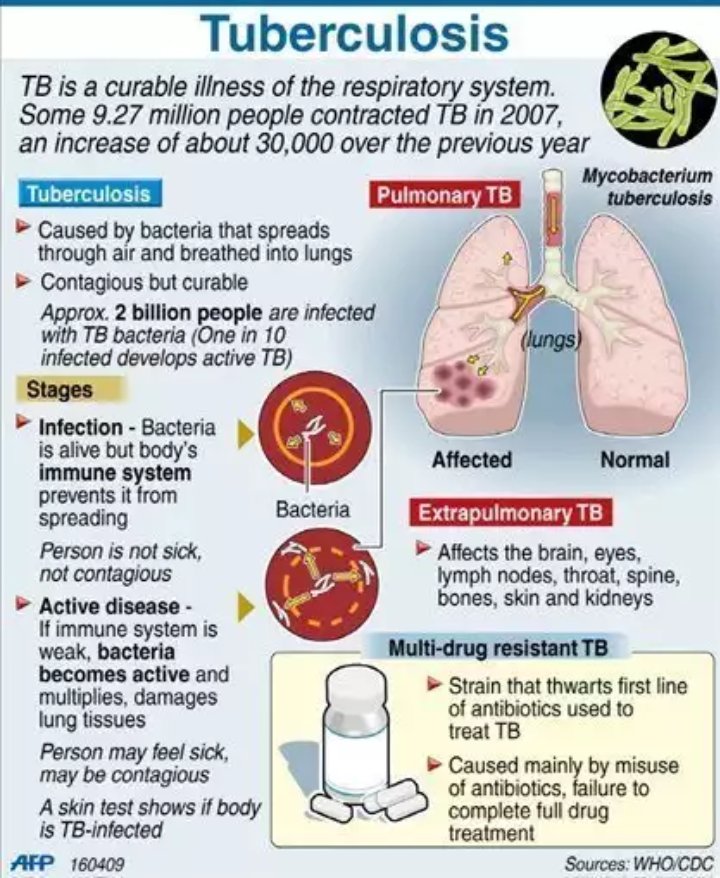
Community acquired pneumonia
This type is the most common type of pneumonia. Infection occurs outside of medical organizations. In 50-60% of cases, it is not possible to identify the causative agent of pneumonia (that is, doctors treat the disease experimentally and do not know exactly which bacterium or virus caused it). In about 25% of cases, pneumonia is caused by a virus. The most common pathogens of viral pneumonia include the influenza virus, parainfluenza, coronavirus, respiratory syncytial virus, and others. Viruses are the most common cause of pneumonia in children under 5 years of age. Viral pneumonia is more often mild, but in some cases, as with COVID-19 infectioncan be very severe and life-threatening. In addition, viral pneumonia can be complicated by a bacterial infection. For example, Staphylococcus aureus (Staphylococcus aureus) after the flu can cause pneumonia with the formation of cavities filled with pus (abscess). The most common cause of bacterial pneumonia is the bacterium Streptococcus pneumoniae (pneumococcus). This type of pneumonia occurs first or after a cold or flu. Such pneumonia can affect an entire lobe of the lung (a condition called lobar pneumonia) or individual segments in one or both lungs. Since pneumococcus is a normal inhabitant of our respiratory tract, such pneumonia is not considered contagious – patients are not isolated. Mycoplasma (Mycoplasma pneumoniae) and chlamydia (Chlamydia pneumoniae) can also cause pneumonia. Usually, its symptoms are less pronounced than with other types of pneumonia. Walking pneumonia is the informal name given to this type of pneumonia, which is usually not severe enough to require bed rest during treatment. A distinctive feature of these microorganisms is their intracellular parasitism. Pneumonia caused by mycoplasma and chlamydia often occurs in young and healthy people. In patients with a long history of smoking and chronic bronchitis, chronic obstructive pulmonary disease, pneumonia is often caused by Haemophilus influenzae and Moraxella catarrhalis.
This type of pneumonia occurs first or after a cold or flu. Such pneumonia can affect an entire lobe of the lung (a condition called lobar pneumonia) or individual segments in one or both lungs. Since pneumococcus is a normal inhabitant of our respiratory tract, such pneumonia is not considered contagious – patients are not isolated. Mycoplasma (Mycoplasma pneumoniae) and chlamydia (Chlamydia pneumoniae) can also cause pneumonia. Usually, its symptoms are less pronounced than with other types of pneumonia. Walking pneumonia is the informal name given to this type of pneumonia, which is usually not severe enough to require bed rest during treatment. A distinctive feature of these microorganisms is their intracellular parasitism. Pneumonia caused by mycoplasma and chlamydia often occurs in young and healthy people. In patients with a long history of smoking and chronic bronchitis, chronic obstructive pulmonary disease, pneumonia is often caused by Haemophilus influenzae and Moraxella catarrhalis. In elderly patients, the most common causative agent of pneumonia is Klebsiella pneumoniae. Pneumonia caused by fungi is most common in people with chronic health problems or weakened immune systems, and in people who have inhaled large doses of microorganisms. Fungi that cause pneumonia can be found in soil or bird droppings and vary by geographic location.
In elderly patients, the most common causative agent of pneumonia is Klebsiella pneumoniae. Pneumonia caused by fungi is most common in people with chronic health problems or weakened immune systems, and in people who have inhaled large doses of microorganisms. Fungi that cause pneumonia can be found in soil or bird droppings and vary by geographic location.
Hospital (nosocomial) pneumonia
Some people get pneumonia while in the hospital for another illness. Hospital-acquired pneumonia can be very dangerous because the bacteria that cause it may be more resistant to antibiotics, and the people who get it are already sick. Patients connected to ventilators, often used in intensive care units, are at higher risk of nosocomial pneumonia. Such pneumonia is caused by E. coli (Escherichia coli), Pseudomonas aeruginosa, Staphylococcus aureus, Klebsiella pneumoniae.
Pneumonia in immunocompromised patients
In immunocompromised patients (HIV, congenital immunodeficiencies, chemotherapy, immunotherapy, radiotherapy), pneumonia can be caused by microorganisms that do not lead to pneumonia in healthy people.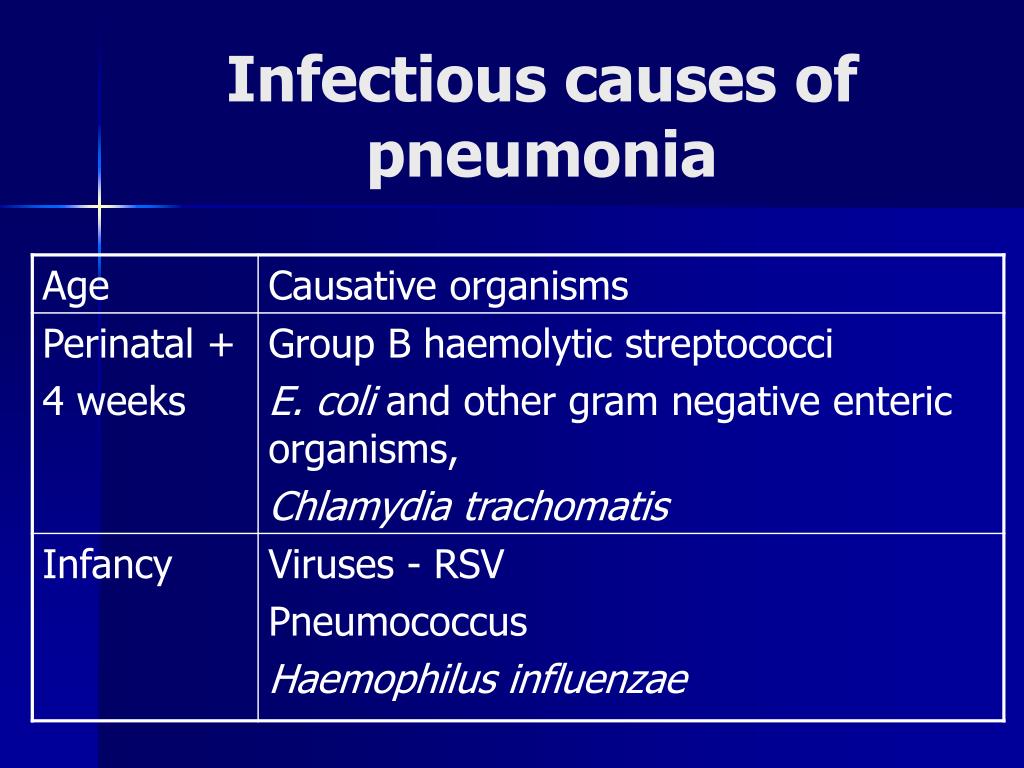 How do such pathogens include cytomegalovirus, nocardia (Nocardia), pneumocystis (Pneumocystis jirovecii)
How do such pathogens include cytomegalovirus, nocardia (Nocardia), pneumocystis (Pneumocystis jirovecii)
Aspiration pneumonia
Aspiration pneumonia occurs when food, drink, vomit, and saliva are accidentally inhaled into the lungs. Aspiration is more likely if the normal gag reflex is disrupted, such as due to brain injury, or if swallowing is difficult. The danger of this kind of pneumonia lies in the fact that the acidic contents of the stomach (hydrochloric acid) and microorganisms that are normally absent in the respiratory tract can enter the respiratory tract. Aspiration pneumonia is often accompanied by the formation of a cavity filled with pus – an abscess.
SARS
The term “atypical” is sometimes misused in the media to refer to viral pneumonias, as well as pneumonias caused by coronaviruses (for example, COVID-2019). In fact, this term is used in the medical environment for pneumonia pathogens that do not grow on typical bacterial media (Chlamydia pneumoniae, Chlamydia psittaci, Legionella pneumophila, Mycoplasma pneumoniae), and the disease is somewhat different in its x-ray picture and clinical manifestations.
Symptoms of pneumonia
The clinical manifestations of pneumonia vary greatly depending on the causative agent of the infection and the condition of the patient’s body. The most important prognostic factors for the course of pneumonia are age and the presence of concomitant diseases. In patients with bronchial asthma, long smoking history, anemia, liver cirrhosis, renal failure, rheumatological diseases, immunodeficiency states, pneumonia is more severe.
Symptoms of pneumococcal pneumonia are: fever, cough, purulent sputum, a feeling of lack of air (shortness of breath), weakness, malaise, confusion, lack of appetite. When the pleura (the thin membrane around our lungs) is involved in the process, pain can occur when breathing.
In young children and elderly patients (over 60 years of age), pneumonia can occur without a pronounced clinical picture, but progress very quickly and be fatal. According to the World Health Organization (WHO), one child dies of pneumonia every 43 seconds worldwide. Mortality from pneumonia accounts for 14 percent of all deaths in children under 5 years of age.
Mortality from pneumonia accounts for 14 percent of all deaths in children under 5 years of age.
Unlike adults, children with pneumonia may not experience a cough or fever, and may have much milder signs of infection. In general, the symptoms of pneumonia in children vary by age, but there are a number of clues that can help you recognize when a child has more than just a cold.
Non-specific, but suspicious for pneumonia signs: pallor, lethargy, crying louder and / or longer than usual, lack or decrease in appetite, irritability, anxiety, vomiting, drowsiness, headache, insomnia. Pale nasolabial triangle, flaring of the wings of the nose during breathing and shortness of breath, accompanied by retraction of the intercostal spaces, are extremely serious manifestations of pneumonia and require immediate medical attention. In children of the first year of life, it is worth paying attention to such signs as low muscle tone, lethargy, refusal of the breast, anxiety, and frequent regurgitation.
Elderly people with pneumonia may feel weak, have an unsteady gait, and are at increased risk of falls and injury. Body temperature does not always rise and sometimes even lower than normal. The patient may be disoriented in time and space, delirious. Often the only manifestation of pneumonia in the elderly is a decrease in appetite and daily activity (the patient does not get out of bed).
For whom pneumonia is especially dangerous
Pneumonia is dangerous for patients of all age groups and health conditions, but special vigilance should be shown in relation to children, the elderly, as well as patients with chronic diseases (heart failure, kidney failure, liver failure, bronchial asthma, chronic bronchitis, diabetes mellitus, cystic fibrosis, bronchiectasis disease). The same group includes patients with HIV infection, immunodeficiency states.
In this category of patients, the number of neutrophils, special blood cells that fight bacterial infection, may decrease.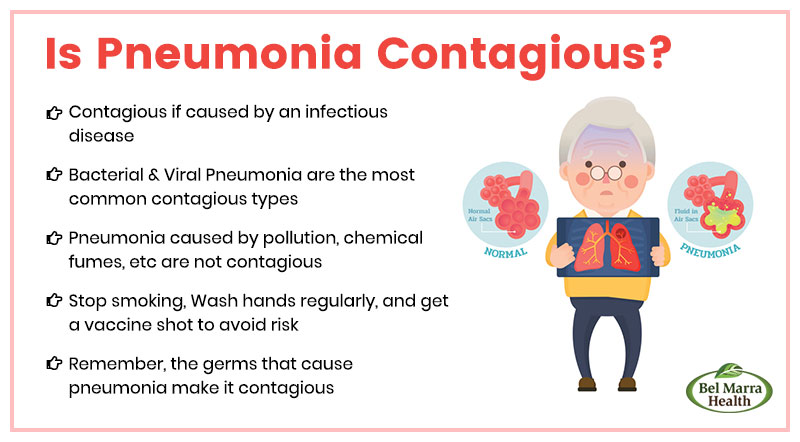 Delay in treatment here is extremely dangerous.
Delay in treatment here is extremely dangerous.
How doctors diagnose pneumonia
As we discussed earlier, with pneumonia, certain changes occur in the lung tissue, its compaction. This happens due to the ingestion of numerous and different-functioning cells of the immune system into the focus of inflammation, which secrete substances that lead to an increase in vascular permeability and the formation of effusion (fluid) in the alveoli. This accumulation of fluid in the lungs leads to the fact that when tapping (percussion) on the chest, the sound is shortened, and when listening to sounds with a stethoscope, characteristic wheezing is heard (air passes through the liquid, like bubbles in a glass of water). These diagnostic methods have been used by doctors for centuries, they are called physical. They are relevant to this day, since they cost nothing, but they allow a dangerous disease to be suspected. To accurately determine the severity of the inflammatory process and its localization, physical methods alone are not enough.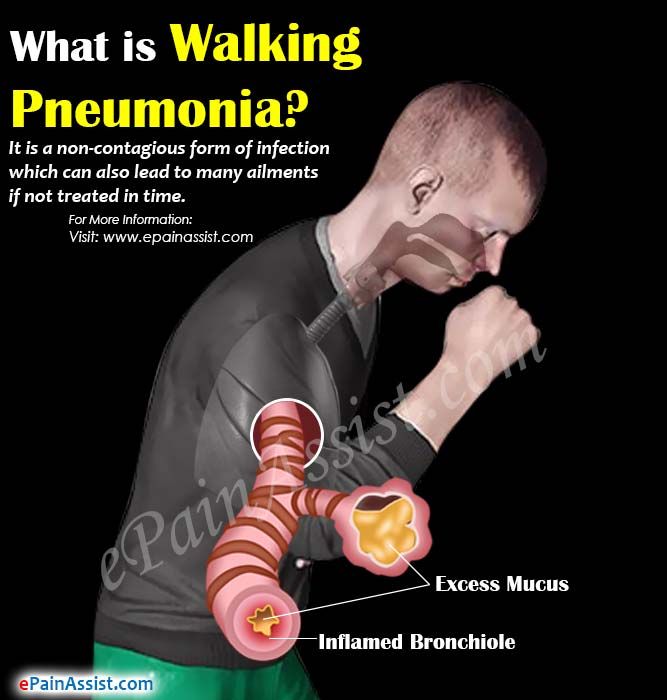
In the diagnosis of pneumonia, a number of tests are required. First of all, we are talking about a general blood test with the obligatory determination of the leukocyte formula. An increase in leukocytes in the KLA indicates a possible inflammatory process. In the case of a bacterial infection, leukocytes increase mainly due to neutrophils, in the case of a viral infection, due to lymphocytes. An active inflammatory process is also indicated by an increase in the erythrocyte sedimentation rate (under the weight of inflammatory molecules, erythrocytes sink to the bottom of the tube faster).
In an infectious process, the risk of the formation of blood clots (thrombi) is often increased; to assess blood clotting, the doctor may prescribe a coagulogram with the definition of D-dimer.
In addition, with pneumonia, a number of “acute-phase” indicators can increase: procalcitonin (increased with a bacterial infection), c-reactive protein (a non-specific marker of the inflammatory process), interleukin-6 (not routinely determined).
To determine the function of vital organs in pneumonia, additional laboratory diagnostics may be required, which includes measuring the level of glucose, electrolytes (calcium, potassium, sodium, chlorine), urea, creatinine, lactate, transaminases, bilirubin in the blood, determining the partial pressure of arterial blood gases, blood pH, etc. These indicators allow the doctor to exclude damage to other body systems against the background of intoxication, assess the general condition of the patient, determine the presence of indications for hospitalization.
Urinalysis is necessary to rule out urinary tract infection and kidney damage.
For the most effective treatment, it is necessary to identify the pathogen and determine its sensitivity to drugs. Special tests are often prescribed in a hospital. These include: sowing sputum on special media, determining the legionella antigen, pneumococcus in the urine, PCR test of a throat swab for SARS-CoV-2, mycoplasma and other infections, blood cultures for suspected sepsis.
X-ray of the chest in two projections is the standard method for diagnosing pneumonia in children and adults. Since our lungs are normally filled with air, they easily pass (do not delay) x-rays. The compacted area of lung tissue differs from the surrounding ones in density and delays x-rays (looks white on standard x-rays).
More accurate data is provided by X-ray computed tomography (CT) of the lungs.
In a CT scan, the patient takes a series of x-rays from different angles, and based on the totality of the received data, the computer builds the image. CT can detect not only pneumonia, but also changes in bones, blood vessels, neighboring internal organs, etc.
The pleural cavities surrounding the lungs are examined by ultrasound (ultrasound) to assess the presence of inflammatory fluid (effusion) in them and its amount.
If a tumor or a foreign body is suspected as the root cause of the development of pneumonia, the patient undergoes bronchoscopy.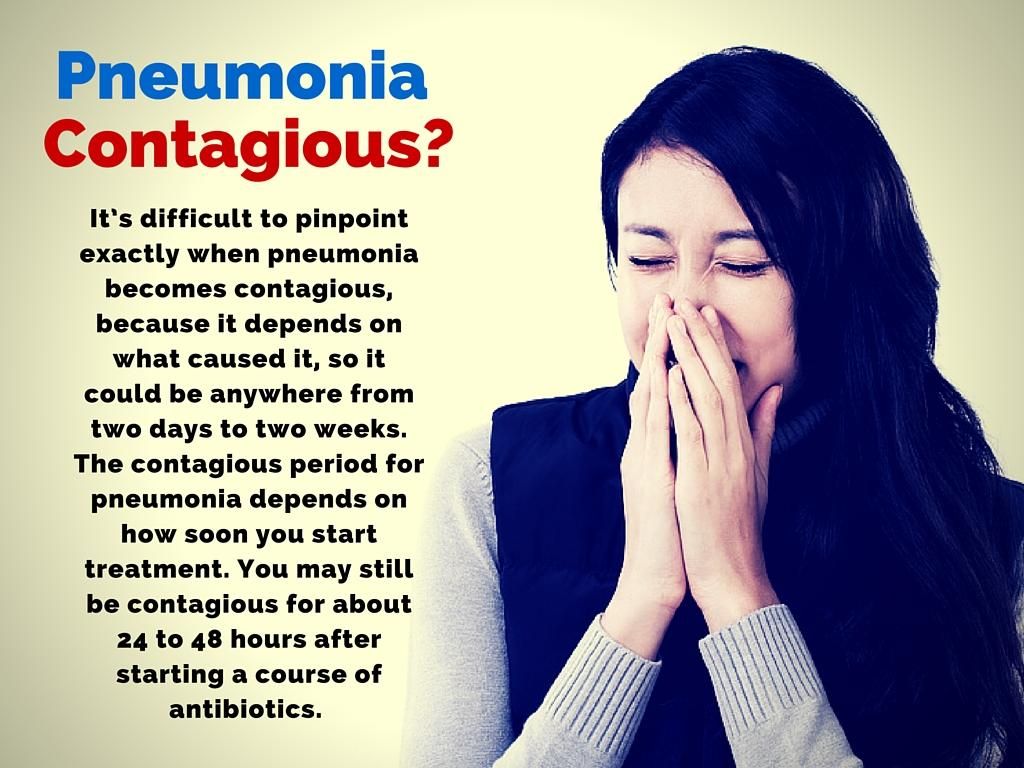 This study allows you to examine a part of the bronchial tree from the inside and, if necessary, take tissues for pathomorphological and bacteriological studies.
This study allows you to examine a part of the bronchial tree from the inside and, if necessary, take tissues for pathomorphological and bacteriological studies.
Pulse oximetry is an extremely affordable, painless and very informative way to diagnose respiratory failure. A pulse oximeter is a small device that measures the amount of oxygen in the blood (saturation). A small sensor is attached to the finger, and its display indicates the percentage of oxygen saturation in the blood and the pulse (usually equal to the heart rate). The lower the oxygen level, the higher the degree of respiratory failure. The rate of saturation is considered to be 95% and above. Saturation 94-90% corresponds to respiratory failure of the first degree. 89-75% – the second degree, requiring oxygen inhalation.
A pulse above 100 at rest and below 60 (provided that the person is not an athlete) is characteristic of an active infectious process.
Complications of pneumonia
Acute respiratory distress syndrome (ARDS). This is a severe form of respiratory failure. Such patients are transferred to the intensive care unit and often connected to a ventilator, and in the most severe cases, to an extracorporeal membrane oxygenation (ECMO) machine.
This is a severe form of respiratory failure. Such patients are transferred to the intensive care unit and often connected to a ventilator, and in the most severe cases, to an extracorporeal membrane oxygenation (ECMO) machine.
Lung abscesses are cavities in or around the lung that are filled with pus. Such patients are treated with the participation of a thoracic surgeon.
Acute respiratory failure is a life-threatening condition requiring supplemental oxygen. Oxygen can be supplied both through nasal cannulas without the use of a ventilator, or directly through an endotracheal tube inserted into the trachea with the connection of a ventilator in different modes.
Sepsis is an extremely serious complication of pneumonia. With sepsis, microbes (usually bacteria) actively multiply and circulate in the blood. There is a formation of a pronounced inflammatory response, which “brings down” the normal functioning of vital organs. This condition can lead to multiple organ failure.
Is pneumonia contagious?
It depends on the type of pathogen. The most common type of bacterial pneumonia is called pneumococcal pneumonia. It is not contagious, as it develops in individuals with a decrease in the body’s defense systems under the influence of the microbe Streptococcus pneumoniae, which normally lives in the upper respiratory tract. The flu is contagious and can lead to pneumonia, but most people who get the flu will not get pneumonia. Coronavirus pneumonia does not develop in every case of infection, although the infection is easily transmitted by airborne droplets. Pneumonia caused by fungi is not contagious. Fungal infections do not spread from person to person like viruses and bacteria do.
A patient with bacterial pneumonia who has been on antibiotics for 2 days and has no fever is generally considered not contagious.
How to suspect pneumonia at home or at home
Shortness of breath, fever, weakness, coughing up phlegm, pain when breathing may indicate the development of pneumonia. It is very useful to have a pulse oximeter at home. With respiratory failure, the level of oxygen saturation in the blood drops, which serves as an alarm signal. When buying a device, make sure that the device you have chosen is registered in the Russian Federation as a medical product. The pulse oximeter must have well-functioning batteries, otherwise the measurement may be erroneous. It is not recommended to measure saturation on a finger that has been coated with nail polish.
It is very useful to have a pulse oximeter at home. With respiratory failure, the level of oxygen saturation in the blood drops, which serves as an alarm signal. When buying a device, make sure that the device you have chosen is registered in the Russian Federation as a medical product. The pulse oximeter must have well-functioning batteries, otherwise the measurement may be erroneous. It is not recommended to measure saturation on a finger that has been coated with nail polish.
How to prevent pneumonia
Vaccines can help prevent certain types of pneumonia. Good hygiene (frequent handwashing), not smoking, and boosting your immune system through regular physical activity and a healthy diet are all effective ways to reduce your risk of getting pneumonia.
Vaccines against pneumococcus bacteria and influenza virus have been developed.
The pneumococcal vaccine is indicated for people at high risk of pneumonia, including:
- adults aged 65 and over,
- children under 2 years of age,
- persons with chronic diseases,
- smokers.

Getting a yearly flu shot can help prevent influenza-related pneumonia.
Hib vaccine
Haemophilus influenzae type b (Hib) is a type of bacteria that causes pneumonia and meningitis. Hib vaccine is recommended for all children under 5 years of age. In the Russian Federation, vaccination against hemophilic infection is carried out three times in the first year: at 3, 4.5 and 6 months (simultaneously with vaccination against whooping cough, tetanus, diphtheria and poliomyelitis). Revaccination – at 18 months (one year after the last dose).
Treatment of pneumonia
The basis of treatment is determined by the pathogen: antibiotics, antiviral, antifungal drugs are used. The earlier specific treatment is started, the higher the chance of recovery. An addition to etiotropic therapy are expectorants (acetylcysteine and others), antipyretics, saline solutions (at home – plenty of drinking). You don’t need to treat pneumonia on your own. Providing correct diagnosis and treatment at home is not possible. Self-medication may only be prudent as a last resort when medical care is not available.
Providing correct diagnosis and treatment at home is not possible. Self-medication may only be prudent as a last resort when medical care is not available.
RESULTS
- Pneumonia is a deadly disease for all age groups. At high risk are children, the elderly, patients with chronic pathology of the heart, lungs, kidneys, liver, HIV-infected.
- A pulse oximeter is a useful device for assessing respiratory function as quickly as possible. Normal indicators at the beginning of the disease can change very quickly for the worse. The saturation rate is 95% and above.
- The only effective way to prevent pneumonia is to get vaccinated against the flu, novel coronavirus, Haemophilus influenzae, and pneumococcus.
- Finding the cause of pneumonia and, as a result, quickly choosing an effective treatment is not always easy even for a doctor. Self-treatment of pneumonia at home is a bad idea.
- Delay in treating pneumonia can be fatal.
- The treatment regimen depends on the type of pneumonia, the pathogen.


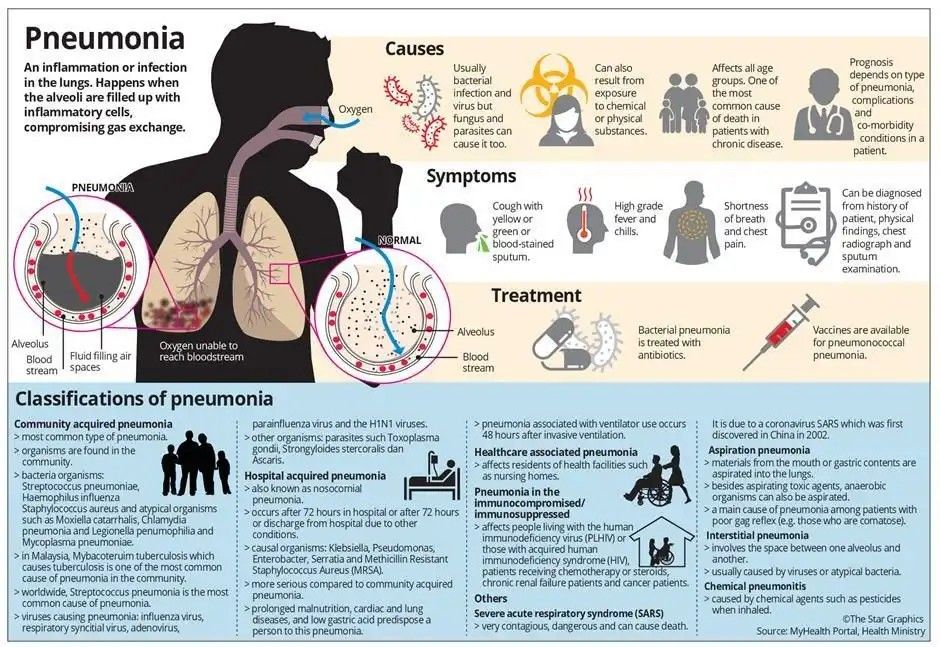 4˚F (38˚C) for more than 3 days, since most fevers go away in this time
4˚F (38˚C) for more than 3 days, since most fevers go away in this time Luo, M.D.
Luo, M.D.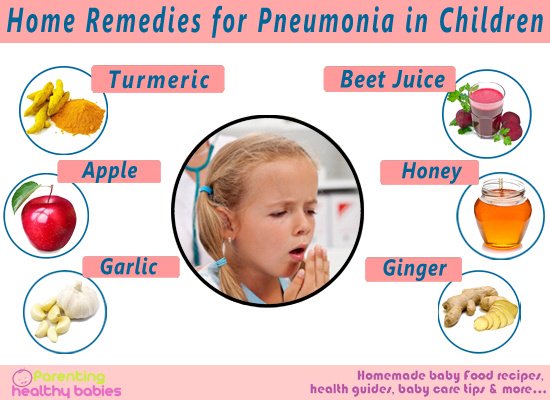 However, there are two different vaccines your doctor may…
However, there are two different vaccines your doctor may…